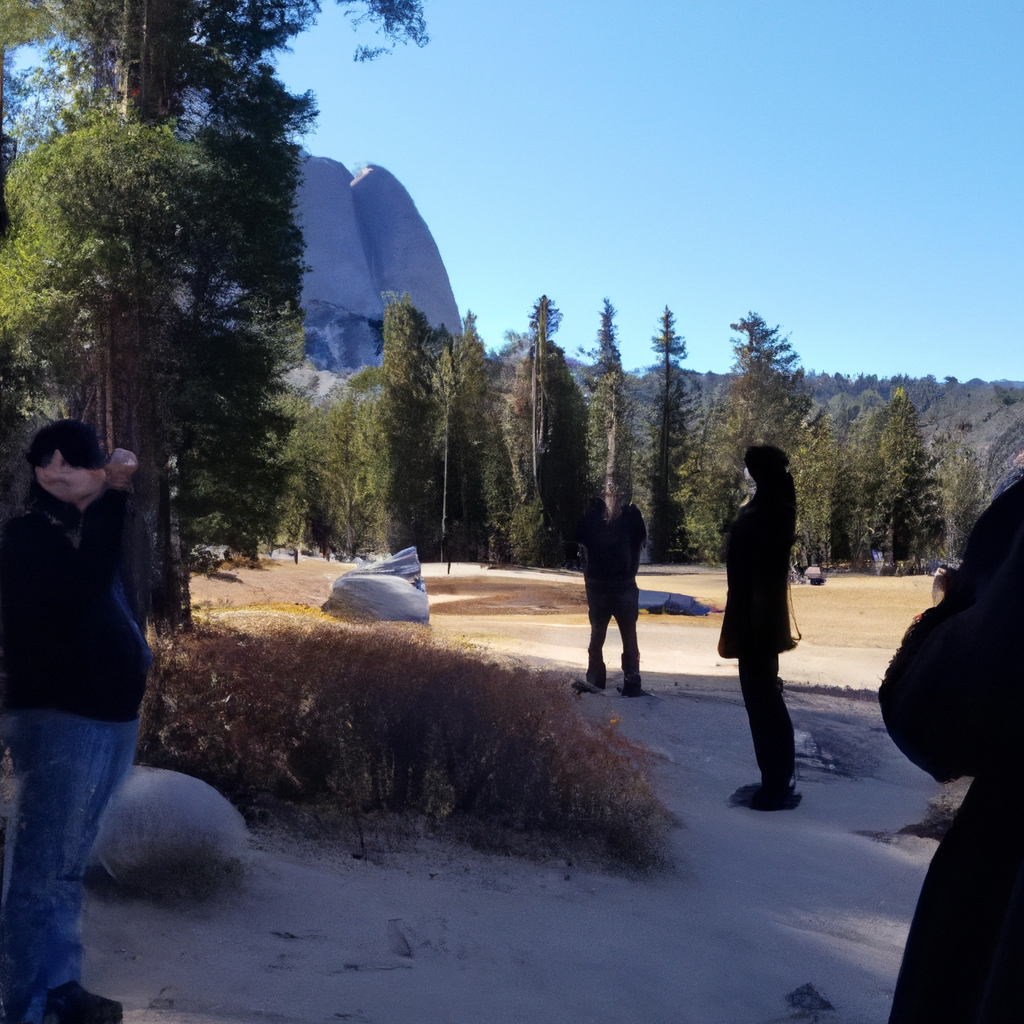
In a modern tableau vivant which starkly contrasts the untouched visages of nature Ansel Adams immortalized, the recent altercation between the Adams Estate and tech giant Adobe casts long shadows on the integrity and morality embedded within the realms of art and artificial intelligence. This debate was sparked when Adobe, a name synonymous with digital creativity, took a step that raised eyebrows and ire alike: the selling of AI-generated artworks under the venerable Ansel Adams name.
The confrontation began when it was discovered that Adobe had produced and commercialized AI-generated images, which they attributed to the style of Ansel Adams, a pioneer of American photography renowned for his black-and-white landscapes that meticulously capture the sublime beauty of the natural world. The use of Adams’ name and stylistic signature invoked a swift response from the Adams Estate, emphasizing a breach of ethical boundaries and the sanctity of artistic authorship.
Reflecting on the sanctity of originality, this incident brings to the forefront a quintessential and yet esoteric question: Can the essence of artistry be algorithmically replicated, or is it an indelible human attribute? Adams, who meticulously developed his negatives to achieve a pre-visualized effect, championed an art form that was as much about the process as the final piece. Thus, the replication of his style through AI strips away the personal journey of artistic creation that Adams so fervently advocated for.
The controversy culminated when Adobe, adhering to the rising crescendo of dissent, retracted the AI-generated artworks. In a statement that acknowledged the misstep, Adobe reinforced its policies against such attributions, underscoring a commitment to respect artistic purity and creator rights. The digital creations were promptly removed, serving as a testament to the palpable tension between innovation and the inherent values of artistic tradition.
The implications of this scenario stretch far beyond a singular event; they ripple through the very fabric of cultural patrimony. As technology progresses, the tools at the disposal of creators are evolving, sometimes at a pace that outstrips ethical considerations. This incident serves as a compelling beacon that shines a light on the need for a harmonious balance between advancement and the venerable principles that define artistic integrity.
In essence, this narrative is not merely about a dispute but a profound dialogue on the evolution of art in the age of artificial intelligence. It is a reflection on how societies value and protect the legacies of their cultural architects. This episode, rich in its layers and implications, challenges us to ponder the path we are paving at the intersection of technology and art, urging a thoughtful journey forward, guided by both innovation and reverence for artistic sanctity.